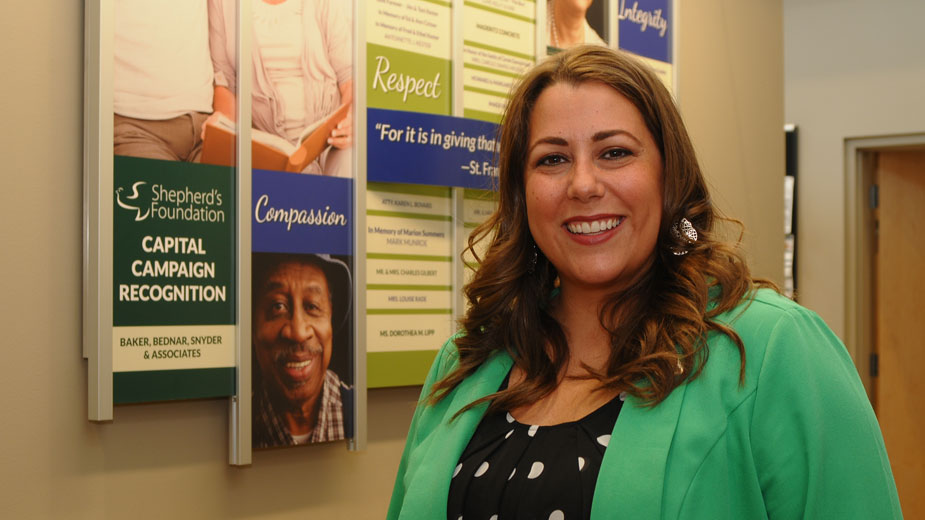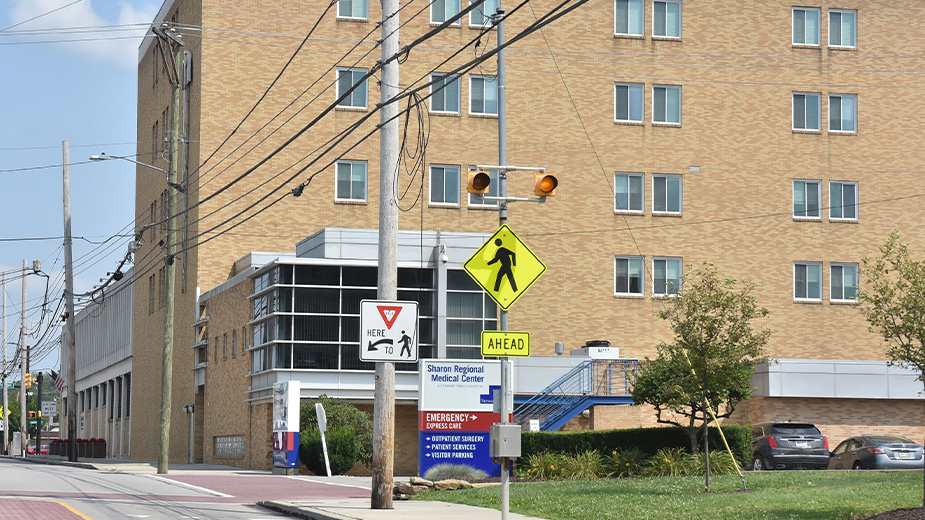Senior Care Industry Adapts to Changes, Challenges
YOUNGSTOWN, Ohio – A tight labor market makes more difficult what was already a challenging task for those in the senior care industry – finding enough staff and employees to fill the numerous openings in the region’s skilled nursing and assisted living campuses.
It’s just one of the trends developing within the local market, which is not far off pace from the rest of the country, executives say. New regulations, rising costs and caring for what is an overall sicker and older population define today’s industry as well.
Moreover, seniors are likely to stay in their homes much longer before transitioning to a retirement community, causing many such companies to focus on home health care services first.
“Seniors are aging in place a little longer as a result of home health services,” says Danielle Procopio, corporate director of marketing and communications at Shepherd of the Valley Lutheran Retirement Services Inc. “Our response is to hire more staff,” as job opportunities within this segment of the industry increase. “Thankfully, we haven’t had any problems with staffing levels,” she says, but emphasized the organization is always in the market to hire new talent and experienced caregivers.
The longer elderly residents stay in their home, the more likely they’re older before they move into a senior community or skilled nursing facility, Procopio says. In general, those admitted to skilled nursing and assisted living centers have a higher acuity level today, which influences the market and guides how these companies expand their services.
In September, Shepherd of the Valley will break ground on a multifaceted campus in Liberty Township, Procopio says. The $30 million complex includes skilled nursing and rehabilitation, an assisted living component with a memory care wing and independent living apartments. The project is slated for 55 acres along Tibbetts Wick Road and is expected to create 130 jobs, she says.
“We’re really seeing a need for memory care,” Procopio says. Shepherd operates assisted living and skilled nursing campuses in Niles, Poland, Boardman and Howland. The memory care unit planned for Liberty would be the first newly constructed of its kind for Shepherd. The company previously had a memory-care wing in Niles, but the building was no longer equipped to accommodate new regulatory mandates.
“Families really need this,” Procopio says. “It’s alarming at the rate of Alzheimer’s diagnoses,” yet there isn’t enough capacity in the market to care for those with dementia-related illnesses. “There aren’t enough beds in this area,” she says.
In addition, the buildings are designed to accommodate a resident that is sicker overall than what he might have been 10 years ago, Procopio notes.
“The rooms are larger, hallways are wider – we have to think about making room for a lift and wheelchair – so even the design perspective of things in the industry have changed,” she says.
The project should take 12 to 18 months to complete, Procopio says.
Demand for new senior community developments doesn’t appear to be slackening, and is likely to only grow over the next several decades, based on industry projections. Americans are living longer and the population of those ages 65 and older is steadily increasing every year, according to the National Institute on Aging.
In 1985, for example, adults age 65 or older accounted for 11% of the U.S. population. By 2010, the demographic accounted for 13% and by 2030, it is expected to account for 20% of the population. In 1900, just 100,000 Americans lived to reach the age of 85 or older. In 2050, that number is projected to reach 19 million – or 5% of the total population, according to the institute’s research.
Yet living longer does not mean people are living without chronic conditions, the institute reports. The prevalence of diabetes reported by those ages 65 and up increased from 13% in 1998 to nearly 21% in 2010. And although death rates for heart disease and stroke have fallen dramatically – about 50% – over the past 40 years, survivors are still living out their lives with chronic complications related to cardiovascular disease.
“Residents are coming to us at an older age,” says Kathy Prasad, president and CEO of The Woodlands, which operates AustinWoods in Austintown and HamptonWoods and Woodlands Assisted Living in New Springfield. “And, these are people with serious health challenges.”
AustinWoods is at present a skilled nursing and rehabilitation center that has transitioned to private rooms in order to accommodate the need for additional medical equipment, Prasad says. “That’s really a trend throughout the whole industry,” she says.
The campus is wrapping up two concurring projects: the addition of a 24-bed unit for short-term rehabilitation and adding another 24 beds to serve as a new assisted living wing at AustinWoods. Both expansions should be complete by January, she says.
Another need in senior care is affordable housing for elderly residents before transitioning to assisted living, Prasad says. “Even before a medical issue arises, there is a need for senior housing that is affordable.”
The market could benefit from housing that is somewhere between independent and assisted living, she says.
“It would be a community that offers a higher level of support services that could help seniors with their medications and therapy,” she says.
Behavioral health is greatly overlooked as well, observes Beth Septer, director of business development at Continuing Health Care Solutions, which operates assisted living and skilled rehab centers in Boardman, Niles, Salem and Lisbon.
“We continually hear about mental health. We saw it was a need in this community and serve other communities that need it,” she says. The company has added an all-male behavioral unit at its Niles location.
Over the past four years, the senior-care industry has had to adapt to a more muscular regulatory environment. “These new regulations placed a heavy emphasis on quality, and we agree with the regulations,” she says, but the industry wasn’t given enough time or resources to manage daily operations plus add the necessary staff and training to comply with new mandates.
“We needed the manpower and time it takes to manage new regulations on top of what we’re doing. It’s a hurdle we’ve had to overcome,” she says.
Still, the market is excellent for those looking for employment in the senior care sector, especially for registered nurses, state tested nursing assistants, or STNAs, and health care aides, Septer says.
“There’s literally a job waiting for them,” she says. “We need people who understand that health care and patient care is not easy – and we’re looking for compassionate and honest people.”
Pictured: Shepherd of the Valley is always in the market for new talent, says Danielle Procopio.
Copyright 2024 The Business Journal, Youngstown, Ohio.



